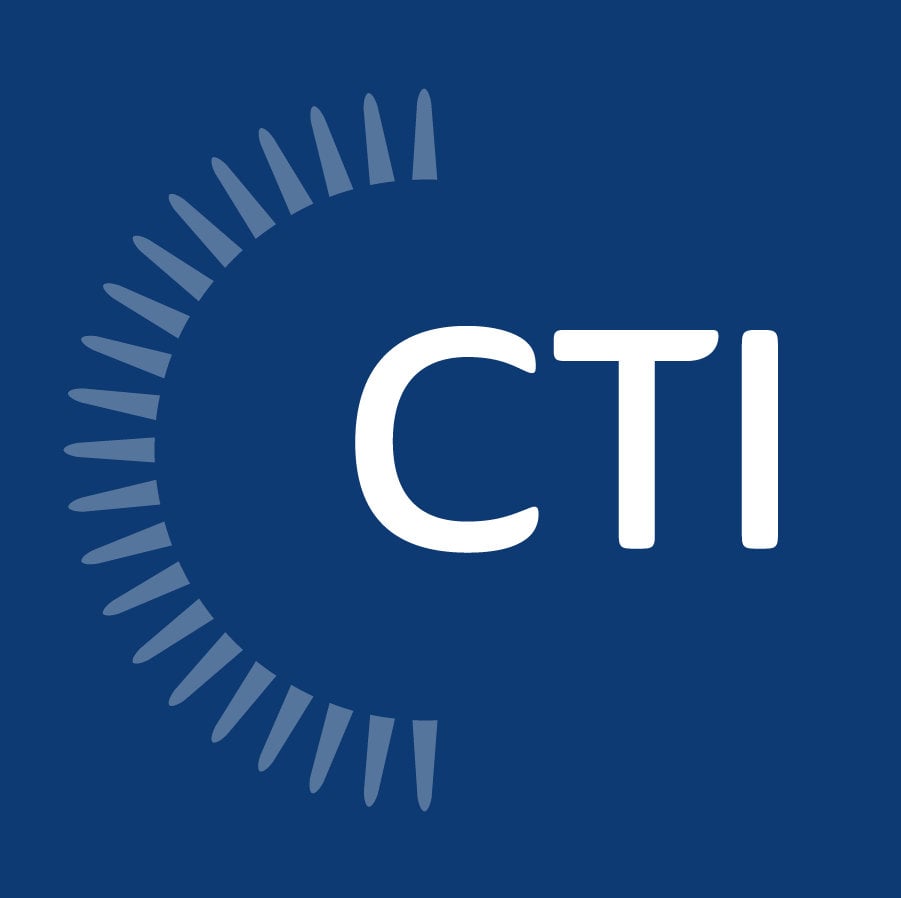 Starting in the late 1600’s, when it became possible to create glass bottles with an almost uniform shape and design, cork replaced glass wine stoppers as the sealing material of choice for wine bottles. This pairing of the cork and wine bottle is what ushered wine into the modern age, as from that point forward, wine now had the ability to age and evolve in the bottle.
Starting in the late 1600’s, when it became possible to create glass bottles with an almost uniform shape and design, cork replaced glass wine stoppers as the sealing material of choice for wine bottles. This pairing of the cork and wine bottle is what ushered wine into the modern age, as from that point forward, wine now had the ability to age and evolve in the bottle.
However, just within the past few decades, alternative bottle closures with equivalent sealing qualities as cork have made inroads in the market. Now when you select a vintage at your favorite wine shop, you may find the bottle sealed with lined aluminum screwcaps, synthetic corks created from plastic, or glass/plastic hybrid stoppers.1
Learn how California Agriculture benefits from tax saving with R&D Tax Credits
Wine making, like any other business, is a competitive industry. And the cork is just one small example of how innovations in materials, mechanics and technology have helped the U.S. wine industry explode since the 1970’s like a cork popping off a bottle of champagne.
Wine Production Takes Flight
According to Wine Business Monthly, there were close to 10,000 wineries in the United States as of 2018. In New York alone, the number of wineries has increased more than 70% since 1976. The wine industry is also growing in locations such as Texas and Virginia, as well as more traditional wine-producing regions such as California and Oregon.2
Regarding the wine-producing powerhouse state of California, more than 17 million gallons of wine are made in California each year. California’s wine production accounts for nearly 90% of the entire American wine production, and if California were its own country, it would be the fourth largest producer of wine in the world.3
So, how did a country with virtually no tradition of producing world-class wine become a world leader? The winemakers whose work fueled the rise of American wine in the 1960s and 1970s relied heavily on science and technology to do it.
Pouring Over Wine Innovations
Many studied at the University of California, Davis and approached their work like engineers to attain consistent and predictable results, pioneering such agricultural methods as mechanical harvesting, drip irrigation, and field grafting, all designed to control more effectively what happens in the vineyard.
Some worked by recipe and formula as much as by taste, employing figures and equations, such as pH balances, fermentation temperatures, Brix levels, and so on. For them, making wine was less an individual art than a repeatable science.4
“This emphasis on science and technology is what enabled American producers to catch up to their European counterparts in such an amazingly short time. What had taken centuries of trial and error to learn in the Old World was being put into practice almost instantaneously in the New, as experimentation and innovation took the place of inheritance.”5
Tax Benefits of Growing Grapes
Now that the U.S. is a world leader in wine production, remaining a leading force means constant innovation is more important than ever. New developments in growing, harvesting and aging processes, as well as the continuous redesigning and redevelopment of bottling, packaging and distribution techniques, all help wine makers remain profitable and competitive.
And what many in the wine industry may not realize is that much of the typical activities performed in pursuit of production and distribution improvements may qualify as research activity that is eligible for the Federal Credit for Increasing Research Activities, known as the R&D Tax Credit.
As a wine production business, here are some of the activities you may be performing that can qualify you for tax savings with the R&D Tax Credit:
- Designing and implementing sophisticated grape sorters
- Developing and improving testing processes and product ingredients
- Testing chemical preservatives and products to ensure consistency and shelf life
- Integrating software for better supply chain and inventory management
- Researching and improving grape strains
- Evaluating, developing and improving growth and harvest processes
- Developing and improving cultivation and fermentation processes
- Developing advancements in grape solids removal
- Testing and developing alternative bottling and packaging techniques
- Experimenting with improved sensor technology for filtration
- Improving techniques to address climate change and natural disasters
Don’t let the label of “R&D” mislead you. Truth is, much of the analysis, design, and systematic trial-and-error testing you perform to advance winery output likely meets the broad definition of research from a legal tax perspective and qualifies as research activity.
If your business has worked to produce a new or improved wine-related product, process or technique recently, you might be able to realize tax savings from your research and development activities.
And the R&D Tax Credit has the potential to increase your tax savings when you capture all the qualified expenses related to those research activities, such as:
- Salaries and wages
- Supply costs
- Contractor costs
Wine Industry Tax Credits & CTI
For almost 20 years, CTI’s elite tax professionals have maximized credits and incentives for small and medium size businesses with proven project methodology and unparalleled personalized service.
Partner with CTI’s team of attorneys, CPAs, engineers, and scientists with ‘Big 4’ experience to identify which activities are eligible for the R&D credit and what expenses can be used to maximize tax savings for your wine production business.
Cheers!
1. Wine Corks: Everything You Need to Know About Wine Corks, The Wine Cellar Insider
2. From the Vine to the Bottle: Opportunities for CPAs within the Wine Industry, The CPA Journal, Nov 2018
3. How many gallons of wine does California produce annually?, Gold Medal Wine Club, Oct 2016
4, 5. The Rise Of American Wine, American Heritage



